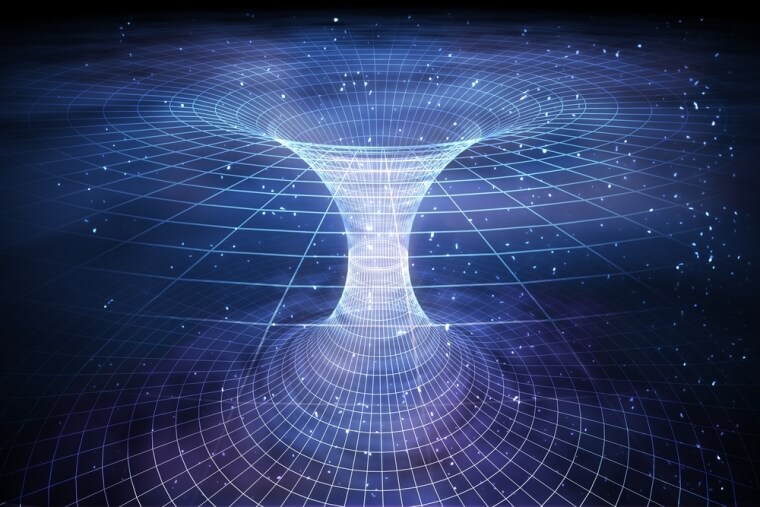1. Does Intelligent Life Exist On Another Planet?
When you think about the sheer number of worlds beyond our own, it seems implausible that there isn't intelligent life existing elsewhere. Knowing for sure will require some kind of definitive message, however, so projects like the SETI (Search for Extraterrestrial Intelligence) Institue will be vital in establishing and validating any signs of alien existence. So far, SETI and others have been unsuccessful in their pursuit, either because there have been no messages or because the messages that have been sent are impossible to detect or recognize.
2. The Nature Of Time
One of the most complex mysteries to solve - and a subject that dictates the way we live our lives - is the nature of duration and the flow of time. Is it simply a human construct, an illusion, or does it exist in some kind of elusive way? Does time always travel forward as we assume, or is there a way to go back in time? What makes this topic such a challenge for mathematicians and scientists is that it's not clear if all these issues surrounding time are even related or not. Perhaps we think of them as such for convenience, or because our brains don't have the capacity to think otherwise.
3. Understanding The Reasons Behind Cancer
A recent study, which concluded that most cancer is caused by bad luck, caused widespread outrage after it was deemed to be an irresponsible message to send to the public. However, while this revelation isn't exactly what people want to hear, there is clearly some truth to it. What isn't entirely clear is how bad luck - random mutations of cancer - compares with hereditary, lifestyle, and environmental factors that cause the devastating illness. Getting to the bottom of this, as well as solving cancer's other mysteries, would be a truly seismic scientific achievement for the 21st century.
4. Discovering The Origin Of Life
This is a topic that continues to confound even the greatest of minds. How did we come to be? How did life originate? Unlike the theory of the big bang, of which we have an expert understanding, there hasn't been a major breakthrough so far on the origin of life. New findings turn up on a regular basis, however, such as how life's building blocks could have arrived at Earth from space or generated in primordial conditions, but none of this evidence has yet been validated to make it definitive. The mystery still remains unsolved.
5. How Do You Measure Evidence?
This one definitely requires some mental gymnastics, so hold on tight. Is how we currently measure evidence at all accurate? Drawing conclusions from experimental data by calculating statistical significance is actually highly unreliable. For example, it's generally accepted that multiple significant, similar results from multiple experiments point to a reliable conclusion. But what if those significant, similar results are only similar and not identical? This would make the combined value of the experiment weaker than that of a single result, essentially resulting in less-strong evidence. There is clearly no simple answer to this issue, but it is worth considering as a mystery that might hopefully be solved this century.
6. Quantum Gravity
Albert Einstein's theory of gravity - quantum physics and general relativity - describe the universe and its components with razor-sharp accuracy, yet independently these two seem incompatible. So far, attempts to merge these two areas into a coherent theory have proved futile, but there are already clues to suggest that it might be achievable. Niels Bohr pointed out that Einstein's rebuttal of the Heisenberg uncertainty principle - when he suggested a clock attached to a box hanging on a scale could measure both the mass of a photon and the time it escaped from the box - was wrong because Einstein's own relativity required a change in time as the box moved upwards, therefore introducing enough timing uncertainty.
7. Identity Of The Dark Matter
For approximately 8 decades, astronomers have known that there is more gravity pulling objects around in space than there is visible matter able to do this. Attempts to observe the species of subatomic particles responsible for this excess pull have so far proved unsuccessful. Could the 21st century be the moment this changes?







